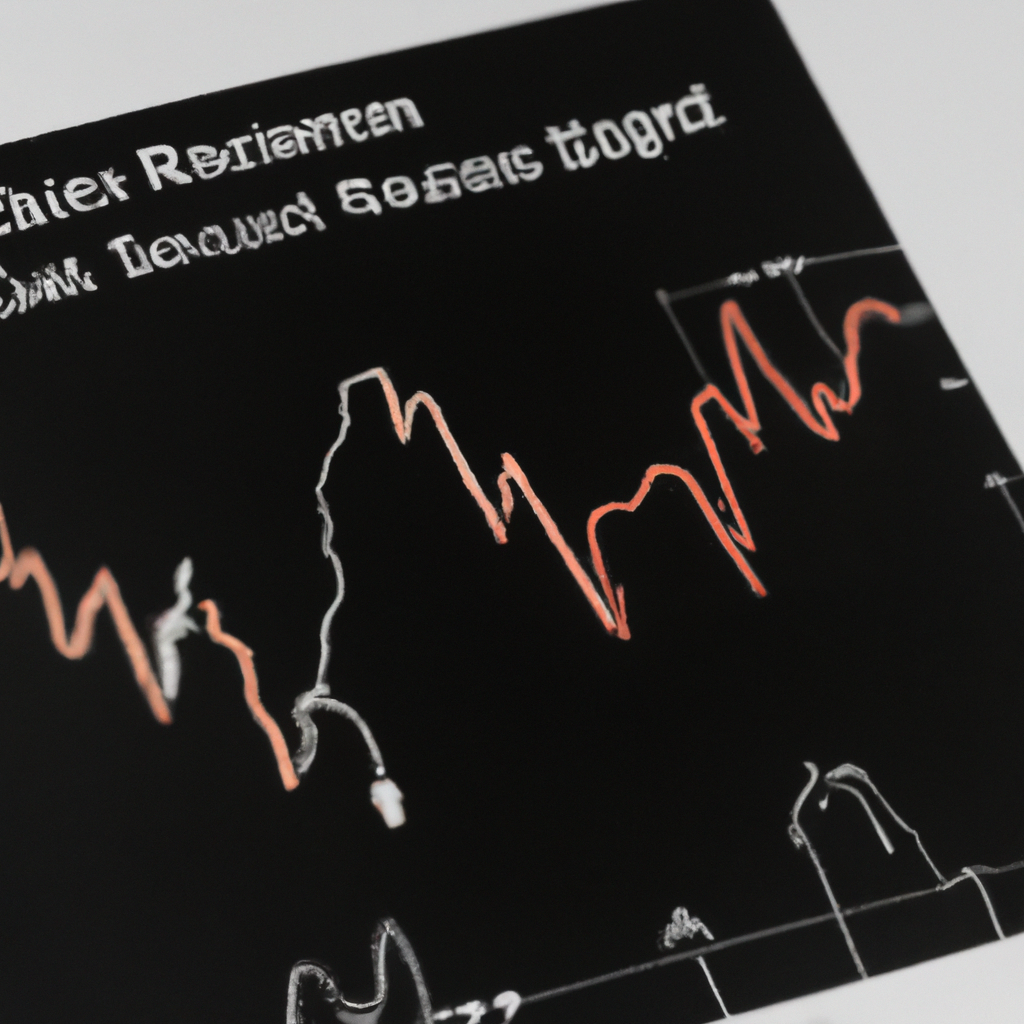Using RSI for Identifying Market Momentum
When it comes to analyzing financial markets, traders and investors often rely on various technical indicators to make informed decisions. One such popular indicator is the Relative Strength Index (RSI). The RSI is a momentum oscillator that can help identify overbought and oversold conditions in a market, as well as potential trend reversals. In this article, we will explore how to effectively use RSI for identifying market momentum.
Understanding the Relative Strength Index (RSI)
The RSI is a widely used technical indicator that measures the speed and change of price movements. It oscillates between 0 and 100 and is typically displayed as a line graph. The RSI is calculated using a formula that compares the average gains and losses over a specific period, usually 14 days. A value above 70 is considered overbought, indicating a potential market reversal to the downside. Conversely, a value below 30 is considered oversold, indicating a potential market reversal to the upside.
Identifying Overbought and Oversold Conditions
One way to use the RSI is to identify overbought and oversold conditions in a market. When the RSI value crosses above 70, it suggests that the market is overbought and may be due for a correction or a downward trend. Conversely, when the RSI value crosses below 30, it suggests that the market is oversold and may be due for a rebound or an upward trend. Traders can use these signals to potentially enter or exit positions.
Spotting Potential Trend Reversals
In addition to identifying overbought and oversold conditions, the RSI can also help traders spot potential trend reversals. When the RSI forms a divergence with the price, it can indicate a weakening of the current trend. For example, if the price is making higher highs while the RSI is making lower highs, it suggests that the upward trend may be losing momentum and a reversal could be imminent. Similarly, if the price is making lower lows while the RSI is making higher lows, it suggests that the downward trend may be losing steam.
Using RSI in Conjunction with Other Indicators
While the RSI can be a powerful tool on its own, it is often more effective when used in conjunction with other technical indicators. Traders can combine the signals from the RSI with other indicators such as moving averages, trendlines, or volume analysis to gain a more comprehensive view of the market. By cross-referencing multiple indicators, traders can increase the accuracy of their predictions and make more informed trading decisions.
Conclusion
The Relative Strength Index (RSI) is a valuable tool for traders and investors looking to identify market momentum. By understanding how to interpret RSI values, traders can spot overbought and oversold conditions, as well as potential trend reversals. When used in conjunction with other indicators, the RSI can provide a more comprehensive analysis of the market, helping traders make well-informed decisions. However, it is important to remember that no indicator is foolproof, and it is always advisable to use the RSI in combination with other forms of analysis and risk management strategies.

